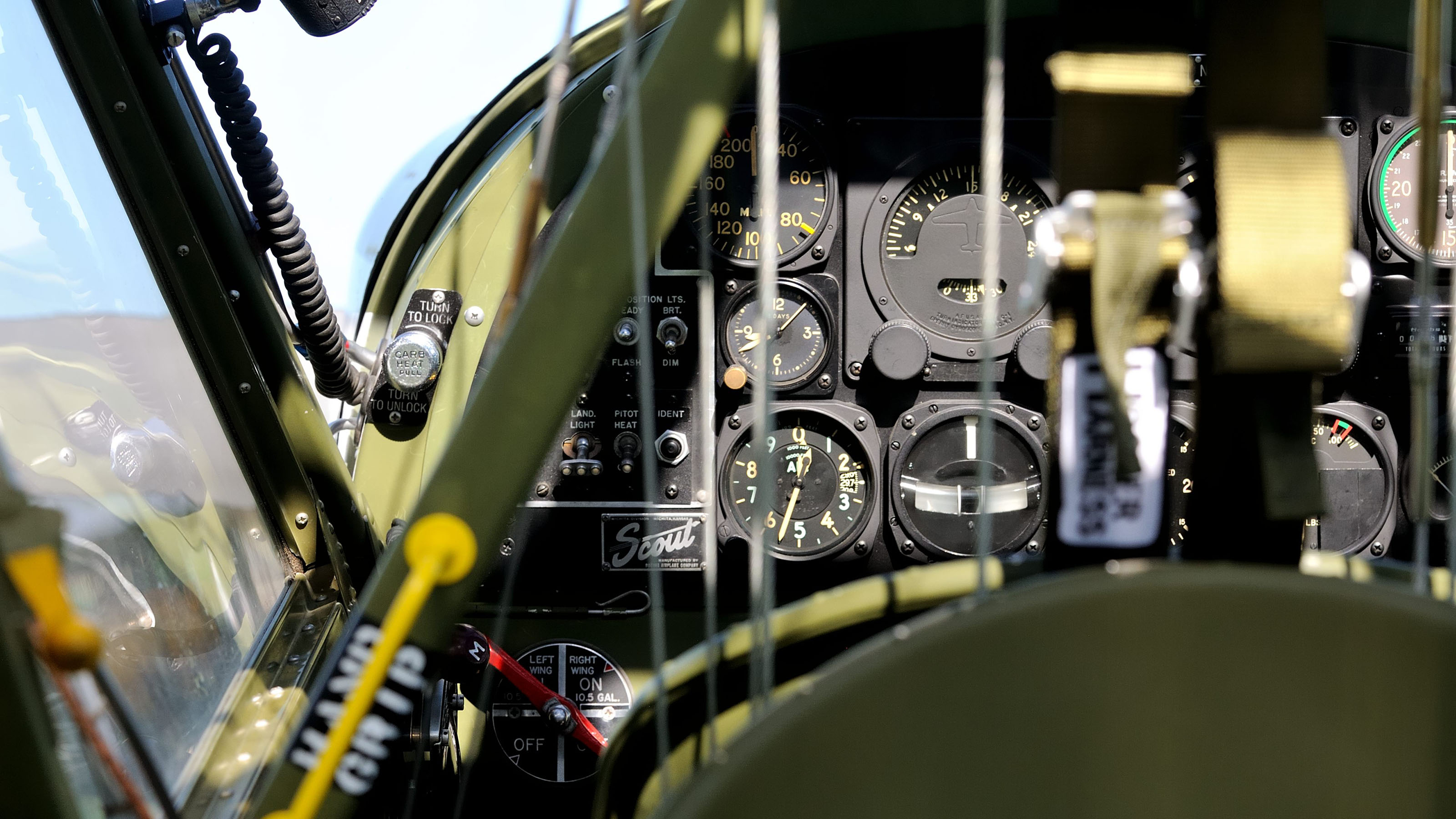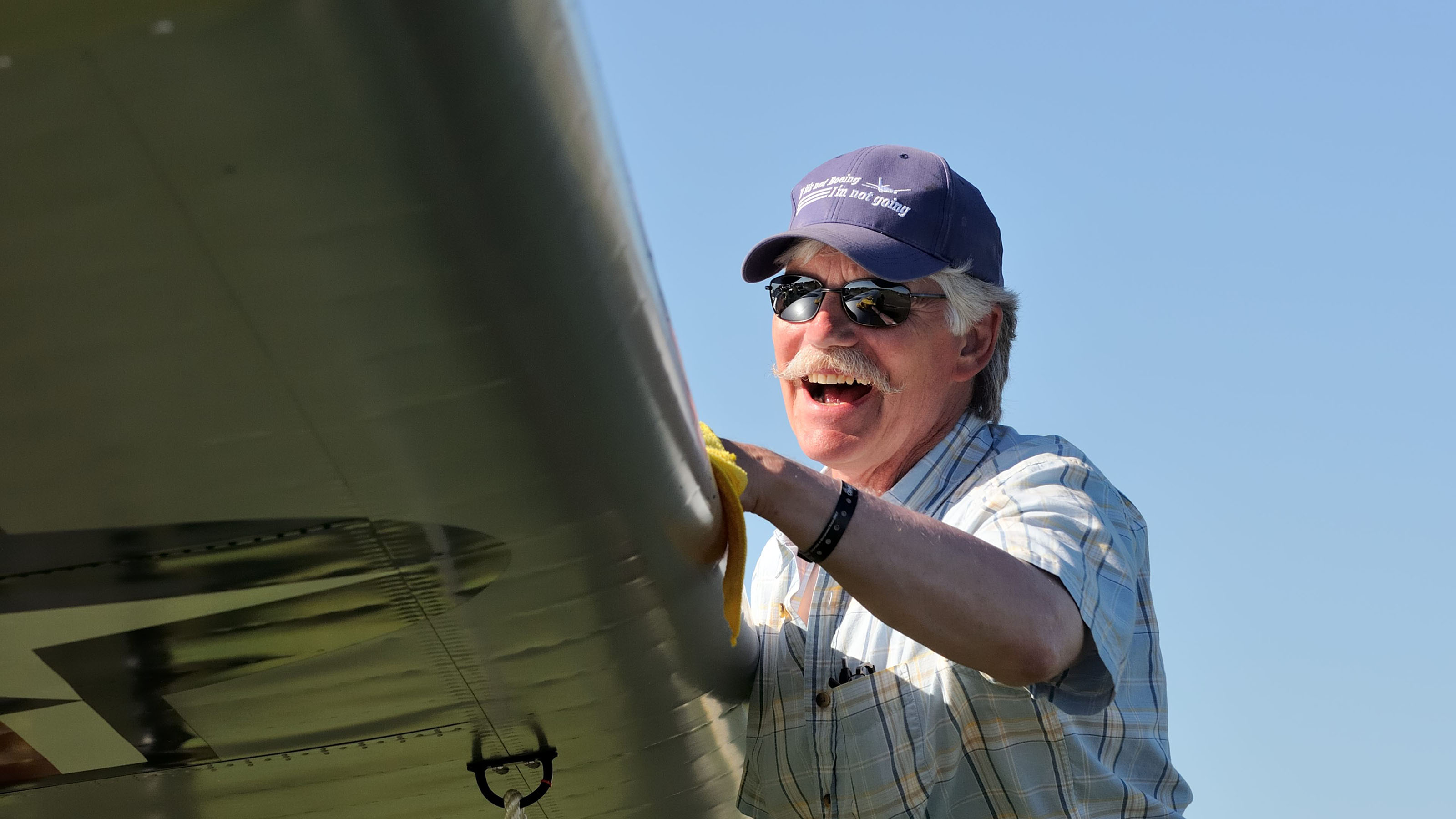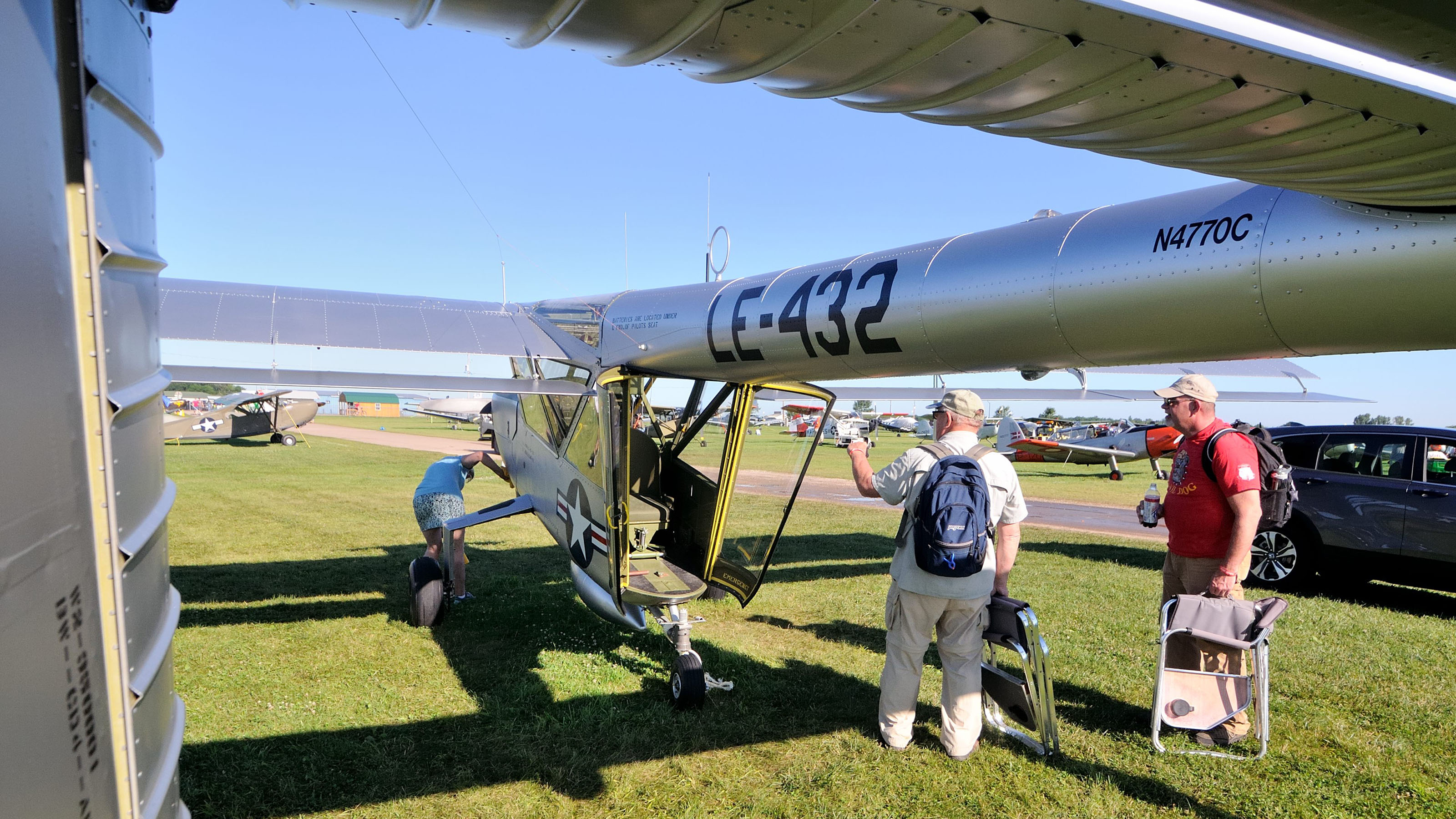Unusual prototype lands at Oshkosh
YL-15 was Boeing’s last piston airplane, passed over for Cessna’s Bird Dog
One of the most unusual warbirds at July's EAA AirVenture also took one of the most circuitous paths to Oshkosh, Wisconsin. Keith and Kathy Brunquist of Wasilla, Alaska, brought the Boeing YL-15 Scout prototype that has been in their family since 1954. N4770C is the last of 10 hand-built preproduction prototypes, which followed two XL-15 proof-of-concept prototypes.
Boeing conceived the short takeoff and landing (STOL) airplane in less than a month as its candidate for an Army Air Forces contract in the late 1940s, but the unusual design lost out to Cessna’s L-19 Bird Dog. It was the last piston-engine, manned aircraft that Boeing designed, Brunquist said.
It took Brunquist’s father 50 hours over two weeks to fly the Scout from Pierre, South Dakota, to Anchorage. He flew it on skis one winter, but obtained blueprints and made the fittings to put it on Edo floats—where it remained almost the entire time he flew it. A sticking valve and deteriorating fabric, from sitting outdoors, grounded the airplane in 1966.

“When I got it [in 1994] it had been sitting since 1966,” said Brunquist, who started rebuilding it in 2003. His father had purchased two almost-complete airplanes, “plus all the parts in the world—he was high bidder at 25 bucks.” This allowed Brunquist to install new, old-stock windows in the Scout. “None of the screws go through the plexiglass, so you don’t have to worry about its cracking.”
How many hours does he have in the restoration? “I don’t know,” Brunquist replied. He said he worked 12-plus hours a day on the project for almost two years. His good friend Brian Porterfield, an A&P/IA—and others—helped a lot, he added. “[Porterfield] was there almost every day I was, for a year and a half.”
And Brunquist’s wife, Kathy, described herself as “the Boeing widow” during the time-consuming restoration—although she was happily buffing the airplane before it was scheduled to be judged at AirVenture.

In the 2017 Lindy Awards, which recognize the best aircraft at AirVenture, the Brunquists were awarded Grand Champion: Post World War II for the Scout. Keith Brunquist also won a Gold Wrench award for his efforts on the aircraft. (Grand Champion: World War II was awarded to Rod Lewis of San Antonio, Texas, for his immaculate Douglas A-20J Havoc—the only flying A-20—recently restored by Aero Trader of Chino, California. The full list of 2017 Lindy winners is available on the EAA website.)
The Scout is challenging to land, Brunquist noted. “It lands so slow—but in a crosswind, you do not want to use any flaps.” He only has about 25 hours in the airplane. Brunquist had obtained blueprints for a drop tank, to increase range, but didn’t get the tank finished in time for Oshkosh. Instead he trailered the Scout to Anoka, Minnesota, where he reassembled it for the flight to AirVenture. “I love flying it. But it’s such a gem—it’s so stinkin’ rare—I can’t relax.
“It can fly 100 miles per hour, but it burns 10.1 gallons per hour,” Brunquist said. “But if you slow it down to 65 mph indicated—70 mph true—at 2,000 feet, the book says 4.3 gph.” The Scout is powered by a 125-horsepower Lycoming O-290-7. Wing tanks carry 10.5 gallons of fuel per side, and the completed drop tank will add 25 gallons more. For a full-flap approach, the airplane comes over the fence at 45 mph, he said. “It stalls at 18 mph.”
Brunquist has flown in the back seat of an L-19 Bird Dog. “The Scout is an amazing airplane, but the L-19 is built mostly with Cessna 170 parts,” resulting in a much lower cost. Cessna built the L-19 Bird Dog around Cessna 170B wings, with a Cessna 195 tail, and a modified fuselage. The L-19 also had a more powerful 213-hp engine, which made for easier pilot transition, he added. “It’s pretty amazing what Boeing did in one month.”





